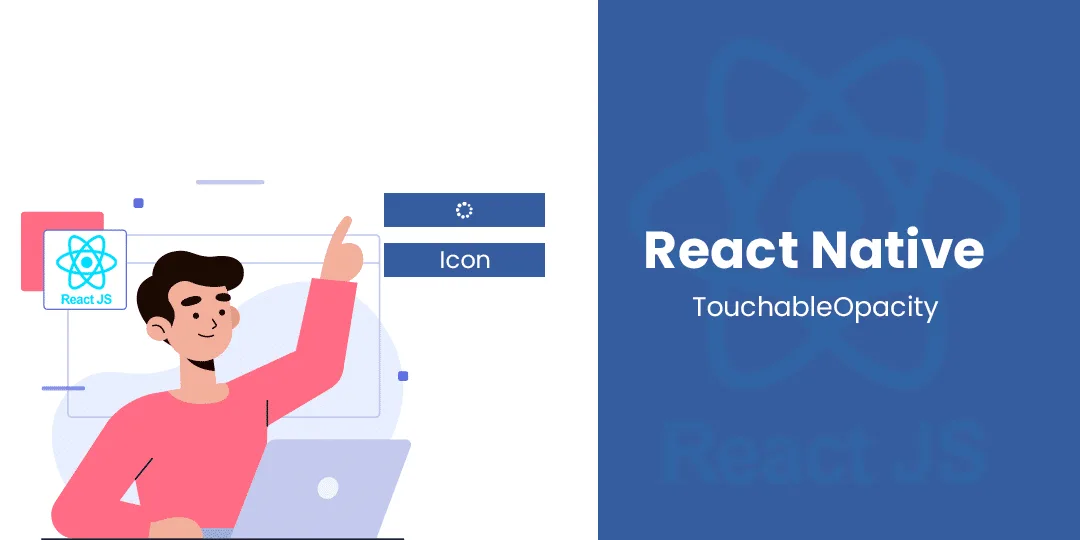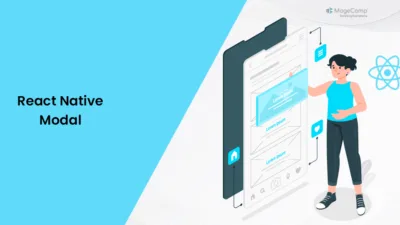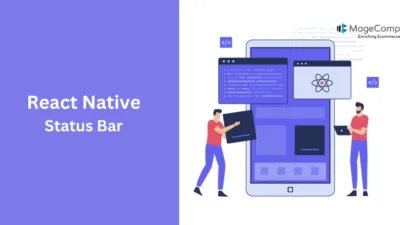Hello React Native Friends,
In today’s blog, I will explain the concept of TouchableOpacity in React Native.
React Native is a powerful framework for building mobile applications using the popular React library. When creating user interfaces, it’s essential to incorporate interactivity to enhance the user experience. React Native provides various components to facilitate this, one of which is the TouchableOpacity component.
TouchableOpacity is used to provide touchable feedback to the user by reducing the opacity of the wrapped view. This effect gives the user the feeling that the element is being pressed.
In this article, we will explore how to utilize the TouchableOpacity component to create interactive elements in your React Native application.
What is TouchableOpacity?
TouchableOpacity is a built-in component in React Native that provides touchable feedback to users. It wraps around other components and allows you to define what should happen when the user presses or releases touch on the wrapped component.
This feedback can be achieved through opacity changes, making it clear to the user that their interaction has been recognized.
One of the most common use cases for TouchableOpacity is creating clickable buttons or links. However, it can be used in various scenarios where you want to provide touchable feedback, such as images, icons, or any other UI elements.
Example of React Native TouchableOpacity:
import React from 'react';
import { View, Text, TouchableOpacity } from 'react-native';
const MyButton = () => {
const handlePress = () => {
// Handle the button press event
console.log('Button pressed!');
};
return (
<TouchableOpacity onPress={handlePress}>
<View style={{ backgroundColor: 'blue', padding: 10 }}>
<Text style={{ color: 'white' }}>Click Me</Text>
</View>
</TouchableOpacity>
);
};
export default MyButton;Conclusion:
In this article, we explored how to use the TouchableOpacity component in React Native to create interactive elements. By incorporating TouchableOpacity into your React Native applications, you can make your user interface more engaging and intuitive. Experiment with different styles and functionalities to create a seamless user experience for your mobile application.
If you need any assistance in incorporating TouchableOpacity for your React Native project, you can contact a React Native Developer to help you with that.
Happy Coding!








